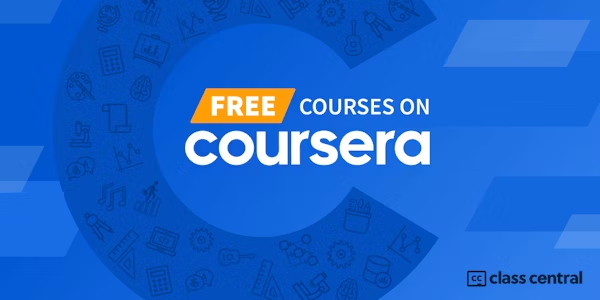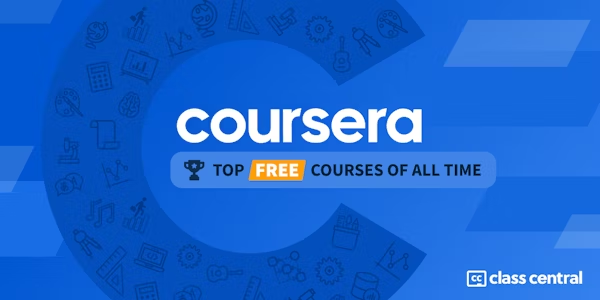Class Central Tips
Whether your interest lies in solving the world’s biggest problems, creating the next commercial success or addressing something closer to home, this course will give you a toolbox to vet your ideas and test them in the real world.





